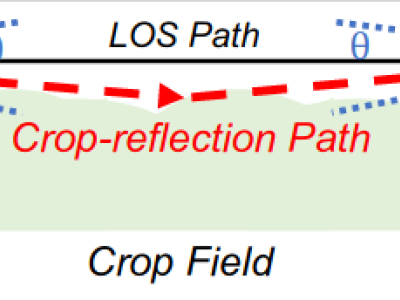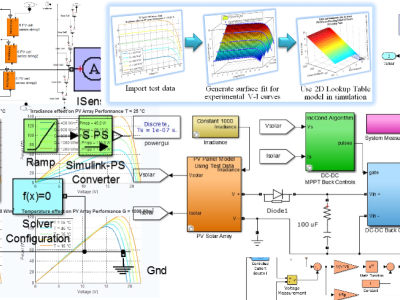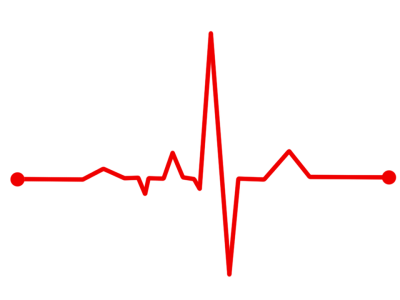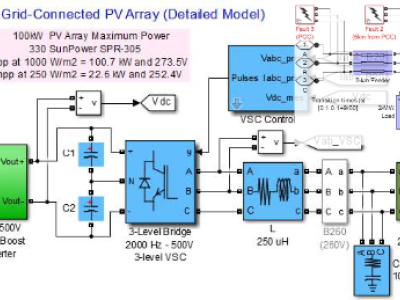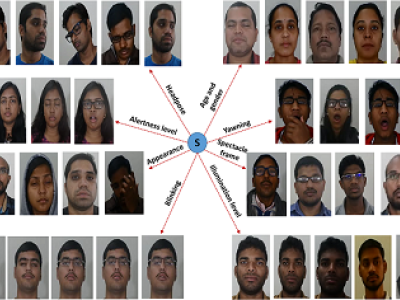Crashing Waves: An Empirical Vehicle-to-Barrier Communication Channel Model via Crash Tests
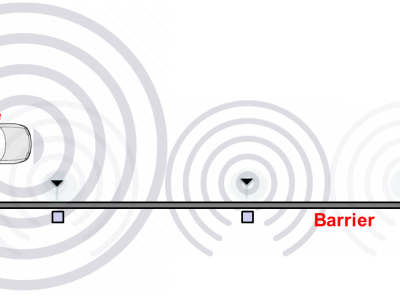
- Citation Author(s):
-
Cody Stolle (University of Nebraska-Lincoln)Ronald Faller (University of Nebraska-Lincoln)
- Submitted by:
- Mohammad Mosiur Lunar
- Last updated:
- DOI:
- 10.21227/2b2f-cv43
 479 views
479 views
- Categories:
- Keywords:
Abstract
Vehicle-to-barrier (V2B) communications is an emerging communication technology between vehicles and roadside barriers to mitigate run-off-road crashes, which result in more than half of the traffic-related fatalities in the United States. To ensure V2B connectivity, establishing a reliable V2B channel is necessary before a potential crash, such that real-time information from barriers can help (semi-)autonomous vehicles make informed decisions. However, the characteristics of the V2B channel are not yet well understood. Therefore, in this paper, a V2B channel model is developed with three channel metrics: received power, root mean square (RMS) delay spread, and RMS Doppler spread based on experiments during controlled vehicle crash tests. Experimentation, empirical analyses, and mathematical models are introduced to capture the impacts of antenna height, barrier type, and vehicle type in V2B channel characteristics. Vehicle-height barrier antennas experience $6.4\%$ ($540$ns) less reference delay spread, while encountering $10\%$ ($13$Hz) higher reference Doppler spread and $10$dB more received power than the barrier-height barrier antennas. Moreover, steel barrier deployment results in a $21\%$ ($2,040$ns) larger reference delay spread and $2.4\%$ ($2.35$Hz) smaller reference Doppler spread than concrete barrier deployment. Finally, the impact of the crash in the communication channel is investigated with these empirical metrics. To the best of our knowledge, this is the first V2B communication channel model that captures received power, RMS delay spread, and RMS Doppler spread, validated with the most extensive set of vehicular crash tests.
Instructions:
In this repository, data for five different crash tests are uploaded. The details about each of these crash tests are discussed in the paper. The data for each crash test are categorized according to the USRP log files, Crash test photos & videos, Crash vehicle acceleration sensor data, and Crashed barrier design & dimensions.


